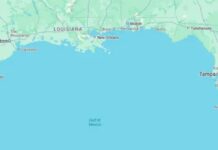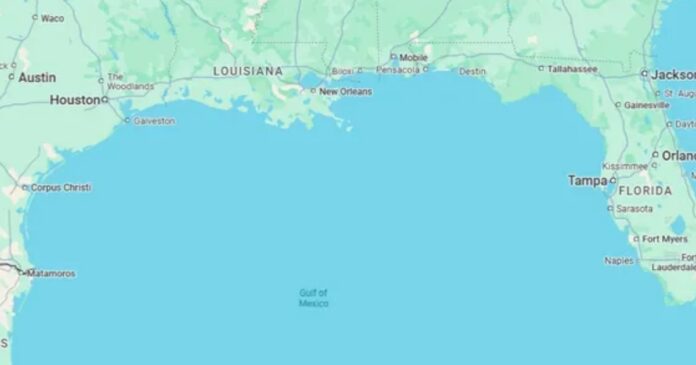Last week, President Donald Trump signed an executive order directing the federal government to officially change the name of the Gulf of Mexico to the Gulf of America on maps. While this shift could take months to fully implement, Google is already preparing for the change.
Here’s everything you need to know about the upcoming name switch and how it will affect maps.
How Google Maps Will Handle the Change
Google has announced that it will update the names on Google Maps once the government makes the change official. The company explained this on social media, stating that its usual practice is to apply name updates once they are reflected in official government sources. For U.S. geographic features, this typically happens when the Geographic Names Information System (GNIS) is updated.
The tech giant also plans to use the name Mount McKinley instead of Denali to refer to the mountain in Alaska, following another renaming decision from Trump. However, Google clarified that users around the world will still see both names when applicable.

What’s in a Name? The Gulf of Mexico’s History
The Gulf of Mexico has carried its name for centuries, at least since the late 1600s. It refers to the large body of water bordered by the U.S. southern coast, stretching from Texas to Florida, and wrapping around Mexico’s Yucatán Peninsula.
The Gulf spans about 615,000 square miles, making it the ninth-largest body of water in the world. Its coastline measures around 3,540 miles, with more than half of it bordering Mexico.
Read more: Trump Looks to Remake America with Sweeping Second Act
Who Decides on Geographic Name Changes?
The U.S. Board on Geographic Names (BGN) is in charge of standardising geographic names across the federal government. The BGN’s role is to approve or reject name changes, ensuring consistency across government records.
However, name changes are only considered when there’s a compelling reason. The BGN specifically discourages changing names just to correct or re-establish historical usage.
This decision is mostly federal and states bordering the Gulf of Mexico or other countries aren’t required to follow the name change. That said, Florida has already embraced the new name.
Florida’s Adoption of the New Name
During a state of emergency declaration last Tuesday, Florida Governor Ron DeSantis referred to the Gulf of Mexico as the Gulf of America. He said, “Whereas an area of low pressure moving across the Gulf of America, interacting with Arctic air, will bring widespread impactful weather to North Florida beginning Tuesday.”
What’s Next?
While the official name change may take some time, Google is preparing to implement the updates in due course. The switch to the Gulf of America will affect federal records, maps and other geographic references.
It remains to be seen how other states and countries will handle the name change. Whether or not it sticks in popular use, will certainly be a subject of debate in the months ahead. For now, the Gulf of America is set to appear on maps—but only after it’s officially recognised by the government.
President Trump’s executive order has set in motion a historic change to the name of the Gulf of Mexico. Google is on track to update its maps in line with the government’s timeline. Though it will take time to adjust, this renaming marks a significant shift in how we identify one of the world’s most iconic bodies of water.
Stay tuned to Brandsynario for the latest news and updates.









































